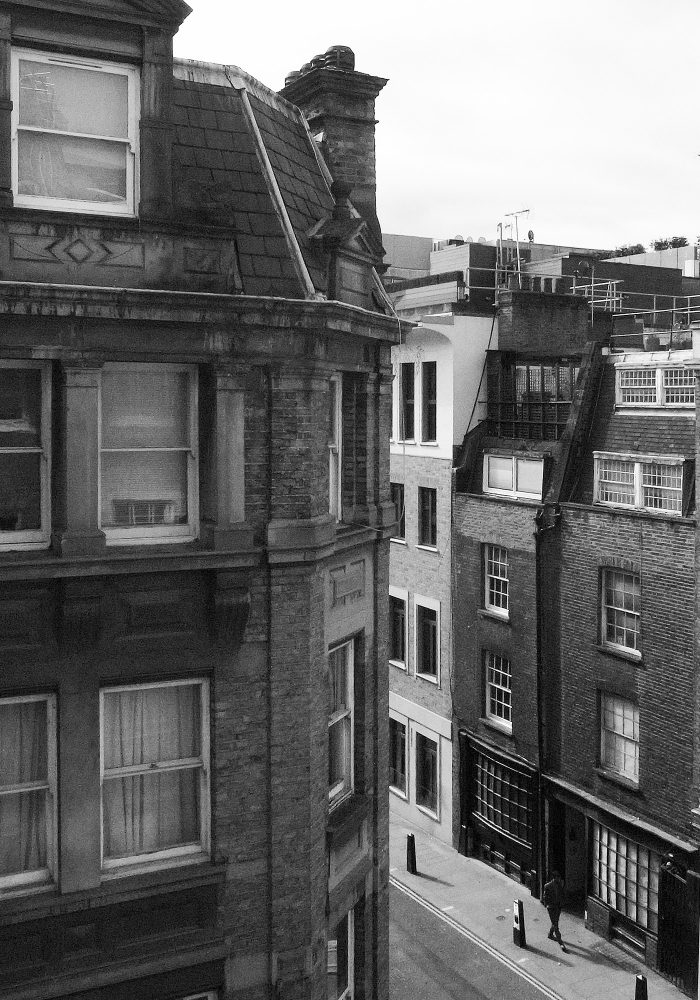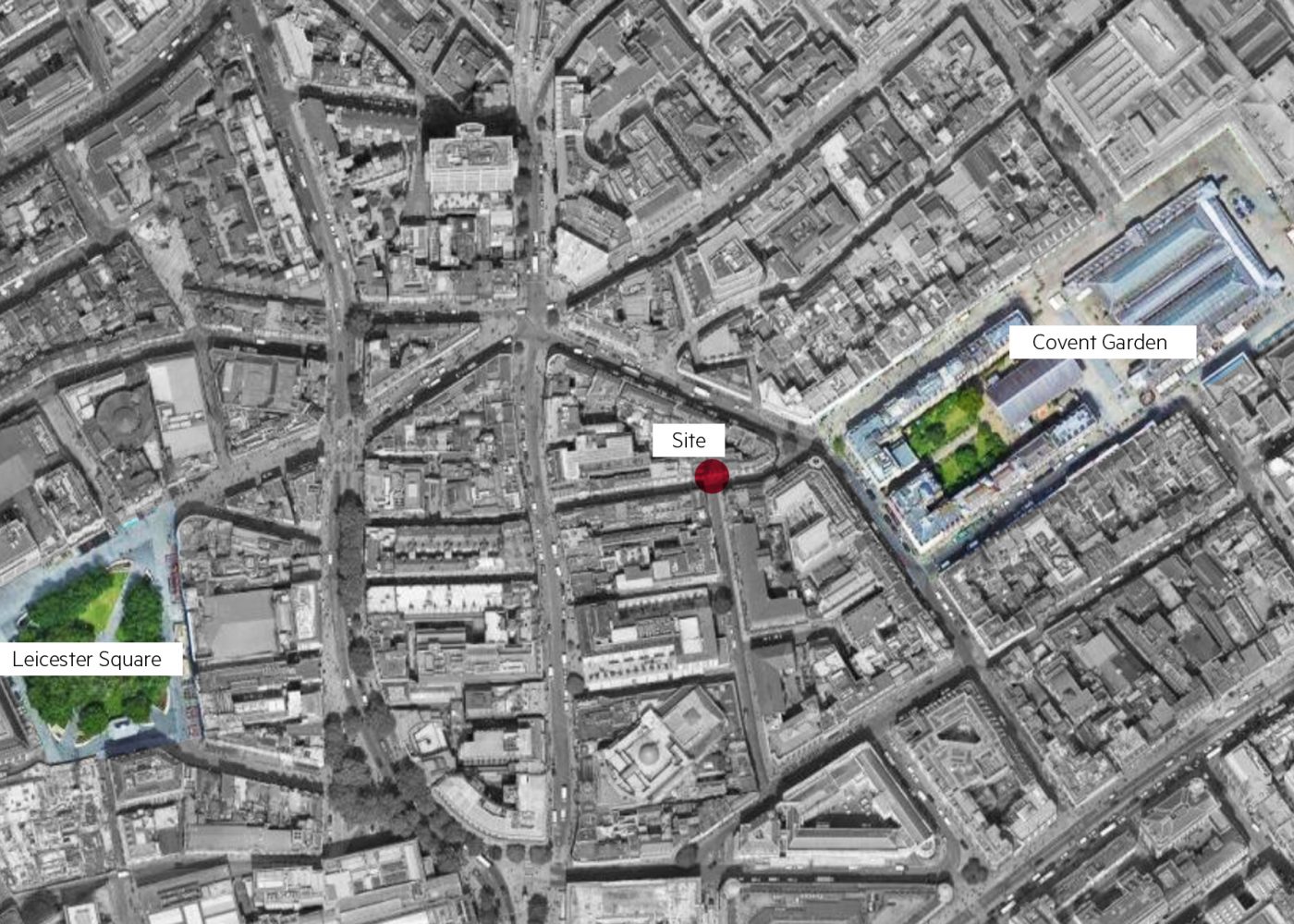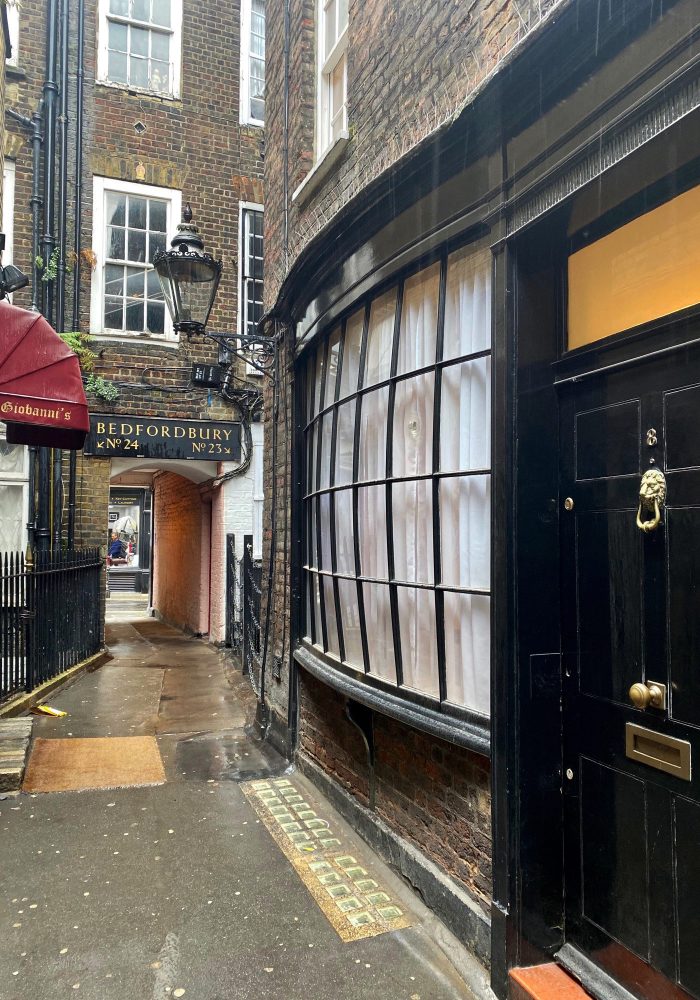Rodić Davidson has completed the refurbishment of a Grade II listed apartment located in the heart of Westminster’s Covent Garden Conservation Area.
The property sits on the streets neighbouring Covent Garden built by the fourth Earl of Bedford in the 17th Century. Covent Garden was previously called ‘Convent Garden’, aptly named as the vegetable garden for the convent at Westminster Abbey. The land was subsequently granted to John Russell, the first Earl of Bedford, in the 16th century. One hundred years later, the fourth Earl of Bedford commissioned Inigo Jones to design the square we know as Covent Garden, London’s first piazza.
New Row, formerly New Street until 1937, was built between 1635-1637 replacing an existing alleyway connecting St Martin’s Lane to King Street and Covent Garden Market. The Earl of Bedford received a license to build many new houses in the area surrounding the recently constructed Covent Garden which he intended for ‘gentlemen and men with ability’. The piazza later became dominated by the establishment of the fruit and vegetable market in 1670 resulting in the wealthier residents leaving the area. None of the original town houses survive on New Row but were reconstructed in the early 19th century.
The Covent Garden Conservation Area was designated in 1971 because of the historic importance of London’s first piazza by the famous architect by Inigo Jones, who also designed St Paul’s Cathedral. The conservation area is characterised by the neighbouring wide Georgian streets. These strong axes establish long views leading to the dominant piazza.
Although the wider context is grand in nature, with wide streets and decorative Georgian façades, New Row is characterised by its more modest appearance. Other neighbouring historic alleyways contribute to this atmosphere, with historic routes including Goodwin’s Court described by Hugh Pearman, author of Curious London, as a “unique row of delightful bow-fronted cottages” [sited on] “an old-world thoroughfare off S. Martin’s Lane”. The historic shopfronts on Goodwin’s Court date back to the 1690s and are thought to have inspired J.K. Rowling’s depiction of Diagon Alley in the Harry Potter stories.
The reconstructed properties on New Row have not significantly changed since the late 19th century. A street vignette of a nearby shop demonstrates the unchanged position and size of windows and doors, with two corbels on either side of the shop signage. Familiar features of the rebuilt Georgian townhouse are still present including the symmetrical elevation and the hierarchy of each floor with smaller more modest accommodation as the building rises. The architectural significance and Grade II listing of the property is due to its historic character and surviving features of the reconstruction including fanlights over the six-panelled front door, the stucco surround with a keystone and decorative corbels.
The apartment, situated on the upper floors, is modest in scale; a cosy hideaway in the heart of Covent Garden. The design and refurbishment have provided a more efficient layout including an additional bedroom, whilst simultaneously enhancing the existing architectural quality of the property.







